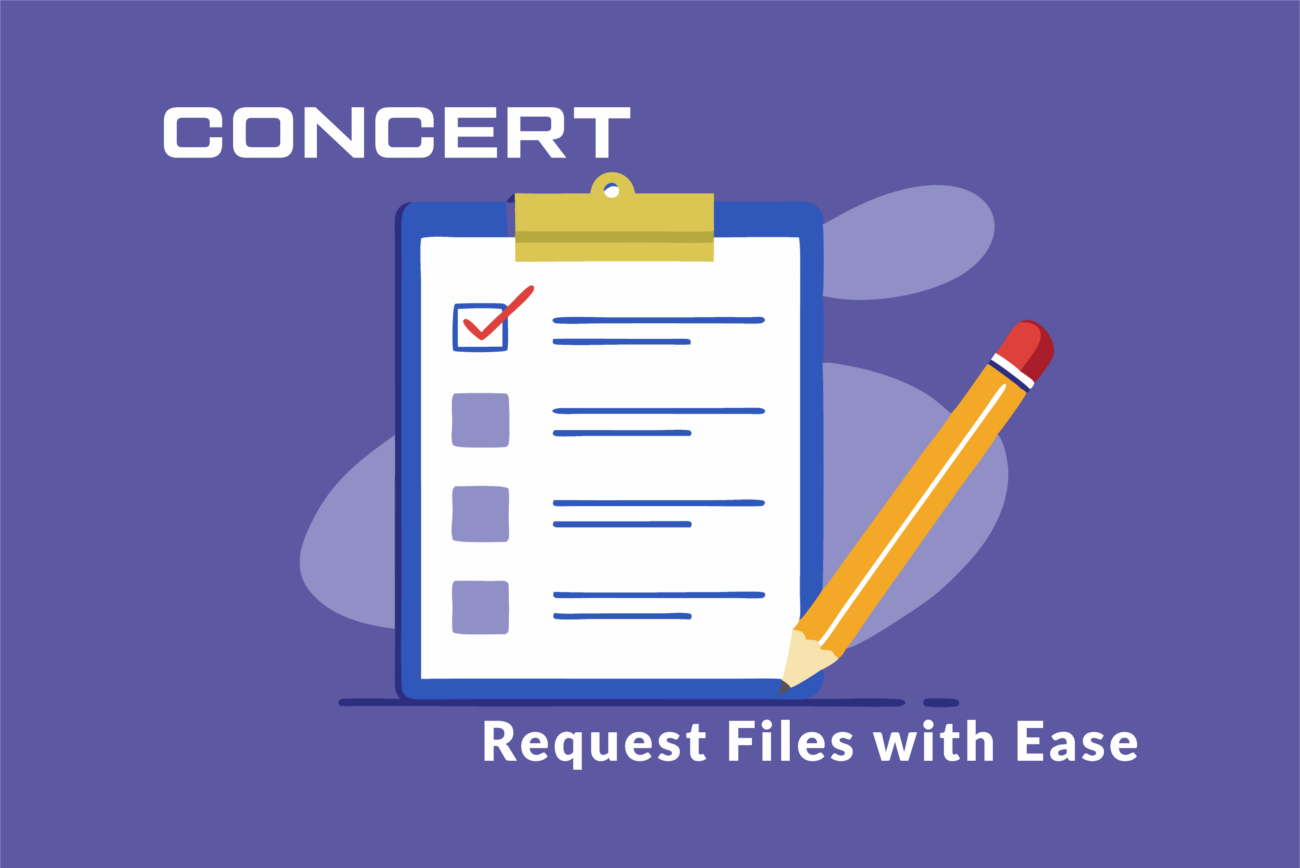by Concert VDC
Robotics, pre-fabrication, supply chain logistics, and building performance modeling are reshaping design and construction. They all require data and the AIA 2022 Digital Practice Documents open a new era of digitalization in practice and provide unprecedented access to opportunities for innovation and expanding the agency of the architect.
As we have discussed in previous blogs, the digitalization of Architecture moves data from a “shadow asset” with no accountability to a valuable component of the contract. Data assets can now be leveraged for the project’s benefit. Let’s explore what opportunities might be captured by leveraging your design data assets.
Data-Driven Analytics and Optimization
Analytics is more important than ever to model and measure the overall performance of a design. In the design phases, analytics can come in many forms. At the top of the value chain are analytics that model construction cost, constructability, and energy performance. When driven by an integrated data model, these analytics can be performed more accurately, frequently, and efficiently than traditional paper-based documentation.
Software that optimizes design outcomes is now an essential tool for the architect. The opportunity to convert these tools to new services, revenue, and client value is a significant opportunity in a system of digital delivery.
Data-Driven Fabrication and Automation
Labor costs account for more than 50% of the cost of construction. The response has been a rapid rise in tools that automate both functional construction processes as well as quality control processes on and off-site. Robotics are now engaged in many on-site activities including excavation, wall layout, drywall finishing, and painting. Technology startups are launching products that measure daily progress, support supply chain management, and drive efficiencies from every conceivable angle across the project. Model-to-machine fabrication at all scales is an emerging trillion dollar market shifting significant portions of construction from the field to offsite facilities. The mission is not simply to replace a smaller labor pool but to promote generational improvements in productivity.
All these technologies rely on 3D data generated by the architect – the architect provides the information ‘fuel’ for all of these to function.
Data that Looks Forward
Our current era is commonly referred to as the Fourth Industrial Revolution, marked by the convergence of technology with the biological and physical world. Buildings are becoming functional platforms where the technology of the digital age will coalesce with traditional systems of management. The most relevant technological ideas include “digital twin”, Internet-of-Things (IoT) sensor infrastructures, and metaverse applications where virtual and physical places exist as complements to each other.
The data assets that an architect creates, manages, and owns will have escalating value as these technologies are adopted and mature. The relationship with the built world can and will ultimately change as the data from what is built informs more directly that which is to come.
Architects at the Origin Point
In the world of digital building design and construction, architects are the principal authors and authorities driving productivity and value. However, the value of the data is only realized when it is trusted by all project participants. Trust requires clear and specific authorization for use, must have the capacity to authenticate the originator, and have a mechanism to be verified by recipients. Knowing that you are working with the right data at the right time is essential.
Concert was developed to provide the architect with the necessary tools to exchange data that meets the requirements of the AIA 2022 Digital Practice Documents. With Concert, exchanged data is trusted data. The record is built on a blockchain-based smart contract that permanently memorializes the original state of the data, provides the capacity for right-of-reliance statements, allows for the assignment of ownership, identifies and registers recipients, and much more.
Module four in this series will discuss ideas around Leadership and Strategy for realizing the value of digital delivery in your organization.
Visit us at www.getconcert.com and follow us on LinkedIn.





